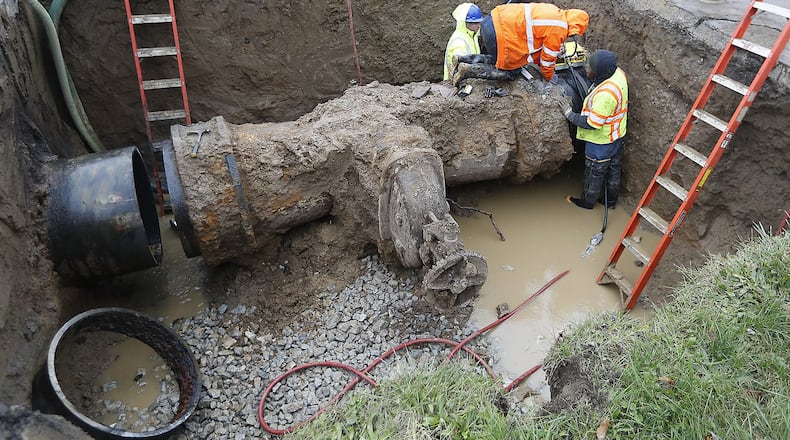City Service Director Chris Moore told commissioners the project will modify the lift station located in an industrial area at the dead end of Skinner Lane, about a half-mile south of the U.S. 68 and Ohio 41 intersection. The station was built six or seven years ago and since then, it has been a challenge to keep running efficiently.
“It collects more grease and rags than we see anywhere in the community, to the point where all of the mechanical things we have in place will not work and at least three times a week there are several hours spent with folks manually removing grease and rags and sewage mixed in to make sure the sewage continues to flow,” Moore said.
The situation gets worse when it rains a lot, Moore said.
Moore said the process prevents “fatbergs,” which are congealed masses of grease and garbage that block sewer systems. They can block toilets, burst pipes and cause sewage spills.
Experts say fatbergs can be prevented by not pouring grease down the drain or flushing non-flushable items, even ones that claim to be flushable like certain wipes.
The new pump station will intercept solid waste before it gets to that point so it “can be properly separated and hauled away or flow through the sewer, eliminate the concern about the sewer blinding off and eliminate the need for human intervention and that nasty, nasty job,” Moore said.
Moore said this keeps water systems clear and prevents sewage overflows.
Funds come from an $8.8 million loan from the Ohio Water Development Authority.
The city earlier this month also purchased eight rotary vane pneumatic actuators, which release the waste from sand filters at the water treatment plant, for up to $278,496. The purchase includes two days of training for city employees.
The previous actuators are from 1958.
About the Author


